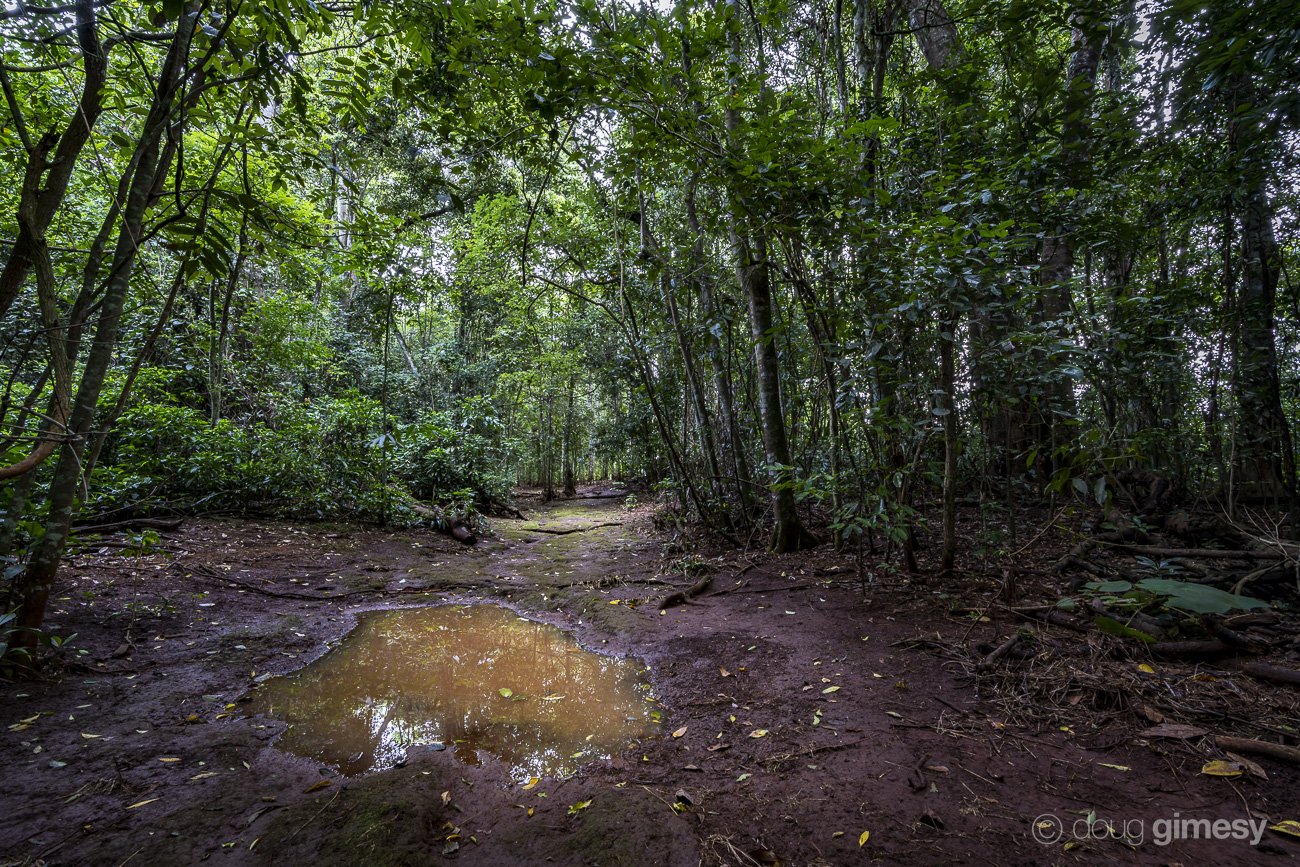Saving the Spectacled flying-fox:
Conservation through the lens of a bat hospital














Imagine:
• A flying mammal, a keystone species, listed as endangered and recognised in its own right as a significant component of world heritage values as well as one that provides two ecosystem services – pollination and seed dispersal – both important to the ongoing evolution of Queensland’s Wet Tropics World Heritage Area and the only Australian Flying-fox closely associated with rainforests
• That during a climate change-driven heat stress event in 2018, the population crashed by 30% in just a week
• That one of these mammals’ last remaining permanent inland camps, is in the critically endangered Tolga Scrub, a narrow strip of Mabi rainforest just 2km long and 100 metres wide, sandwiched between two Australian towns and that this Mabi rainforest is listed as a critically endangered ecosystem (type 5b) with less than 4.5% of its former range left (i.e. an endangered species in a critically endangered habitat (13,14)
• That now an aggressive invasive weed, when flowering, attracts this normally aerial and tree canopy-dwelling species close to the ground to feed, providing nectar but also allowing a fatal paralysing tick to attach itself to their bodies.
Now imagine nearly 30 years ago, a bush bat hospital was established to try and protect and conserve this keystone species, and that this hospital now performs hundreds of rescues a year, working to conserve and protect them by encouraging proactive habitat care and restoration, public advocacy and education, and by facilitating and hosting academic research. Well that’s the story of the Tolga Bat Hospital and here are just a few images of the hospital, the people, the bats and the situations.
For more information please visit: https://tolgabathospital.org/
